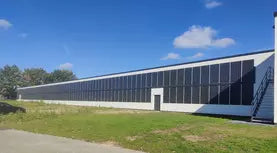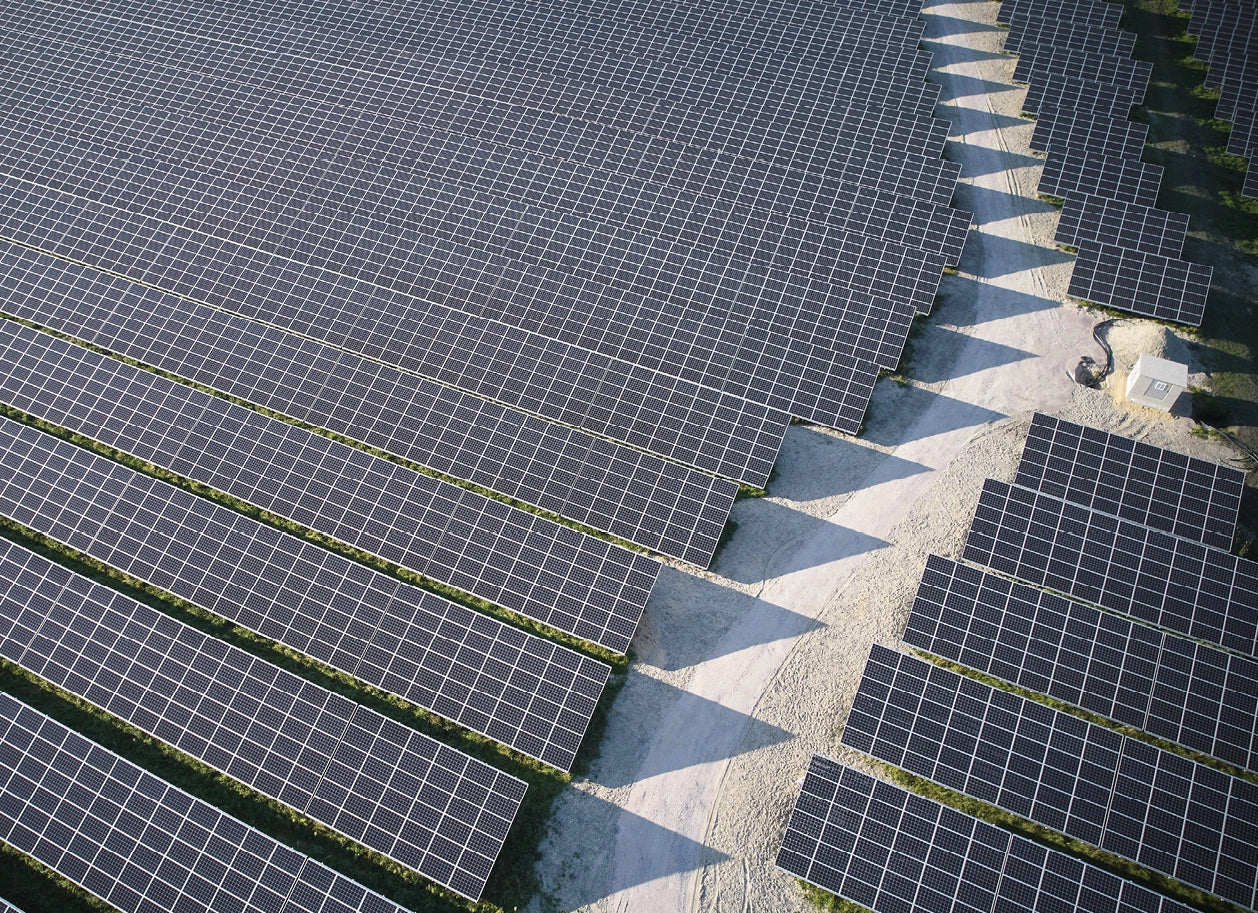https://solarquarter.com/2022/09/13/explained-how-does-a-solar-or-pv-inverter-work/
Explained: How Does a Solar or PV Inverter Work?
Reading Time: 6 minutes
With the increased interest in renewable energy sources across the globe, the interest in solar systems has also shot up at amazing rates. The ability of the sun to power an entire home is a huge environmental plus and is also a great use of a resource. In this era of an environmental crisis which is constantly calling for higher usage of eco-friendly and sustainable means of producing electricity, the installation of solar panels and inverters for power generation is one of the best ways to contribute towards the betterment of the environment.
What is a solar inverter?
A solar inverter is one of the most crucial parts of a solar power system. Solar inverters are devices that convert the direct current (DC) output of a photovoltaic (PV) system into an alternating current (AC) that can be fed into the electrical grid. Solar panels produce DC electricity, but most appliances in our homes run on AC. So, the inverter is essential for making use of the power generated by our solar panels. We’ll take a closer look at how solar energy inverters work and what their main components are. In this article, we’ll take a closer look at how solar energy inverters work.
How does a solar inverter work?
A solar inverter takes the DC electricity produced by our solar panels and converts it into AC electricity. This process is known as ‘inverting’ because it reverses the direction of the current. The inverter is a key component in any solar energy system, and it’s important to choose the right one for your needs.
Technically speaking, the sun rays fall on photovoltaic (PV), or solar panels. These are made from (solar cell) semiconductor layers of crystalline silica or gallium arsenide. These layers combine both negative and positive layers. They are connected by a junction. The semiconductor layers absorb sunlight and transmit energy to the PV cells. This energy is emitted and absorbed by electrons. They then move between the negative and positive layers to create an electric current, known as direct current (DC). This energy can be stored in a battery or sent to an inverter. It all depends on what type of system you have.
What are the types of solar inverters?
There are three main types of solar energy inverters: string, central, and microinverters.
String inverters are the most common type of inverter and are typically used in systems with less than 10kw of power. Central inverters are larger and more powerful than string inverters, and are usually used in commercial or industrial solar energy systems. Microinverters are small and designed for use with just one or two solar panels.
No matter what type of system you have, a quality inverter is essential for maximizing the power output of your solar panels and ensuring that your system runs smoothly.
What are the benefits of a solar inverter?
A solar inverter helps to optimize the output of your solar panels, so that you can get the most electricity possible from them. Additionally, a solar inverter can help to protect your appliances and electronics from damage by providing a safe power source. Also solar inverter improves grid efficiency and provide efficient tracking of power output.
Are there any drawbacks to using a solar inverter?
While solar inverters are generally very reliable, there are a few potential drawbacks to using them.
One potential issue is that solar energy inverters can generate a fair amount of heat, which can shorten their lifespan. Additionally, if the power grid goes down, your solar energy system will likely go down as well since most solar inverters require an AC connection to function. Finally, solar energy inverters can be quite expensive, so if you’re on a budget, you may want to look into other renewable energy options.
How much does a solar energy inverter cost?
If you’re considering installing solar panels, you may be wondering how much a solar energy inverter will cost. Solar energy inverters are an important part of any solar panel system, as they convert the DC power produced by the solar panels into AC power that can be used by your home or business. Solar energy inverters vary in price, depending on the type and size of the unit. Generally, however, you can expect to pay between $500 and $2000 for a solar energy inverter.
Where can I find more information about solar energy inverters?
If you’re interested in learning more about solar energy inverters, there are a few good resources that can help you out. The Department of Energy’s website has a lot of information on the topic, as well as a number of other government websites. You can also find several articles and videos online that explain how solar energy inverters work.
Conclusion
A solar inverter is a key component of any solar energy system, converting the direct current (DC) electricity produced by the solar panels into alternating current (AC) electricity that can be used to power your home or business. Solar inverters are designed to operate in a wide range of conditions, making them a critical part of any solar energy system. By understanding how a solar inverter works, you can ensure that your solar energy system is able to produce the maximum amount of power possible.






